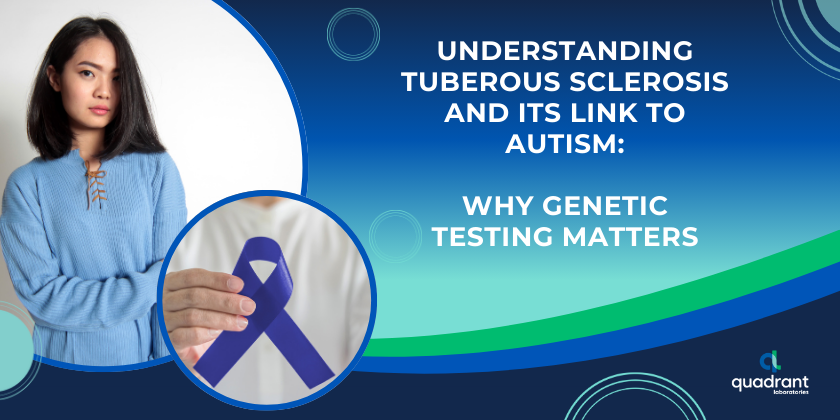
In the realm of neurodevelopmental disorders, epilepsy and autism spectrum disorder (ASD) stand as two distinct yet interconnected conditions. Their relationship is marked by complexities that researchers and healthcare professionals are continuously unraveling. Understanding this relationship is crucial for providing comprehensive support to individuals who may experience both conditions.
The Intersection of Epilepsy and Autism
Recent studies have shed light on the prevalence of epilepsy among individuals with autism, revealing a significant overlap between the two conditions. Estimates suggest that approximately one in ten individuals diagnosed with autism also battle with epilepsy (Liu et al., 2021).
Shared Genetic Factors
Genetic underpinnings play a pivotal role in both epilepsy and autism. Shared genetic factors and mutations have been identified, contributing to the increased susceptibility to both conditions within certain populations (Zahara et al., 2022).
Neurological Abnormalities and Symptom Overlap
Central to both epilepsy and autism are neurological abnormalities that influence brain structure and function. These abnormalities manifest in various ways, including disruptions in electrical activity in the brain leading to seizures in epilepsy and differences in brain development affecting social interaction and communication in autism (Spence & Schneider, 2009). Moreover, some symptoms of epilepsy, such as repetitive movements or staring spells during seizures, may overlap with behaviors commonly observed in individuals with autism.
Challenges and Implications
Living with both epilepsy and autism can present unique challenges. Seizures may increase existing difficulties associated with autism, impacting learning, communication, and daily functioning (Besag, 2018). Managing these conditions concurrently requires tailored approaches that address the individual’s specific needs and circumstances.
Treatment Considerations and Support
Comprehensive treatment strategies for individuals with both epilepsy and autism encompass medical, educational, and behavioral interventions. Collaboration between healthcare providers, educators, therapists, and caregivers is essential for developing and implementing effective management plans (Scheffer et al., 2017).
The relationship between epilepsy and autism is multifaceted, shaped by shared genetic factors, neurological abnormalities, and overlapping symptoms. Recognizing and understanding this relationship is vital for providing holistic support to individuals who navigate the complexities of both conditions. Through continued research and collaboration, we strive to enhance our understanding and improve the quality of life for those affected by epilepsy and autism.
As we strive to deepen our understanding of the intricate relationship between epilepsy and autism, it’s crucial to explore resources that can aid in diagnosis, management, and support. Quadrant Laboratories offers a specialized Autism and Intellectual Disability Gene Panel, which includes genes associated with seizures in both autism and epilepsy.
By leveraging advanced genetic testing capabilities, Quadrant Laboratories provides valuable insights into the genetic factors underlying these complex conditions. To learn more about our gene panel visit QuadrantLaboratories.com.
Let’s continue our journey towards enhancing the lives of those impacted by epilepsy and autism by harnessing the power of knowledge and innovation. Together, we can make meaningful strides towards improving outcomes, promoting holistic well-being for all and putting you…in the know.
**References:**
- Liu, X., Sun, X., Sun, C., Zou, M., Chen, Y., Huang, J., Wu, L., & Chen, X. (2021). Prevalence of epilepsy in autism spectrum disorders: A systematic review and meta-analysis. Autism. https://doi.org/10.1177/13623613211045029
- Zahra, A., Wang, Y., Wang, Q., & Wu, J. (2022). Shared Etiology in Autism Spectrum Disorder and Epilepsy with Functional Disability. Behavioural Neurology, 2022. https://doi.org/10.1155/2022/5893519
- Spence, S. J., & Schneider, M. T. (2009). The role of epilepsy and epileptiform EEGs in autism spectrum disorders. Pediatric Research, 65(6), 599-606. https://pubmed.ncbi.nlm.nih.gov/19454962/
- Besag, F. M. (2018). Epilepsy in patients with autism: links, risks and treatment challenges. Neuropsychiatric Disease and Treatment, 14, 1-10. https://pubmed.ncbi.nlm.nih.gov/29296085/
- Scheffer, I. E., Berkovic, S., Capovilla, G., Connolly, M. B., French, J., Guilhoto, L., … & Watanabe, M. (2017). ILAE classification of the epilepsies: Position paper of the ILAE Commission for Classification and Terminology. Epilepsia, 58(4), 512-521. https://pubmed.ncbi.nlm.nih.gov/28276062/



